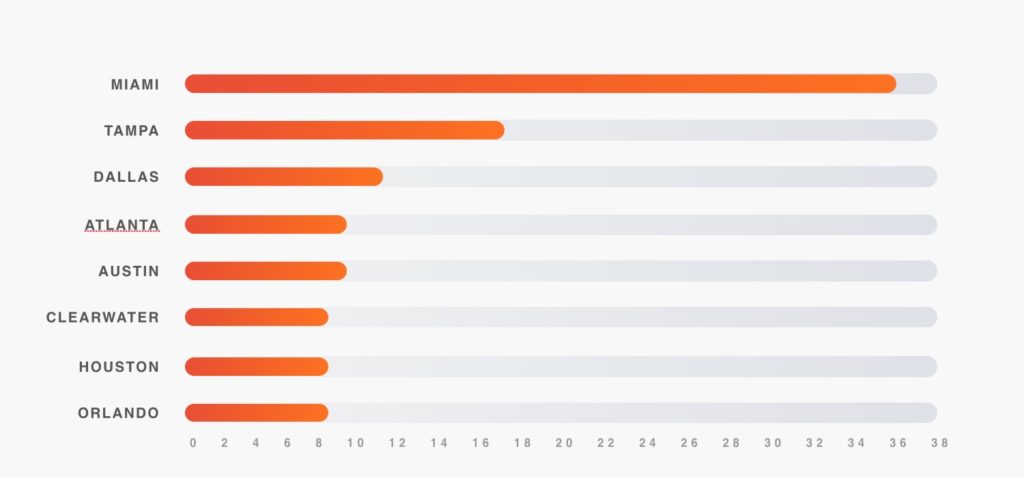Today’s Digital Marketers Know Anything & Everything About Your Campaign Performance — But Are They Sharing the Key Facts with You?

In today’s day and age, there’s a way to measure everything online. We can slice it, dice it, segment it, and put all of it back together again — — all with a couple clicks of the mouse.
Hell, many companies even collect metrics on things they really don’t care to review — simply because they can.
What’s today’s seemingly-endless treasure trove of digital data mean for you? It means you should expect (ie. demand) data on everything that’s important to you. Why?
Because — at least for the smart agencies and consultancies — it’s all pretty much at our fingertips. No digital metric is “unavailable.”
With So Many Digital Marketing Reporting Options, How Do You Know Where to Start?
As you may have seen in a previous post, we believe there is no “silver bullet” for digital marketing measurement, and that you should always view numerous metrics in context.
Specifically, this means asking your marketing partner(s) for a consolidated view of these Big 5 digital marketing campaign metrics:
- Total conversions
- Conversion rate
- Cost/conversion
- Impression share
- Spend
These are your base-level KPIs. If you look at nothing else, you must review those Big 5.
But since you’re reading this, you’re likely not looking to review only the bare minimum. Fortunately, there’s a lot to more you have the power to review.
Digital Campaign Reporting: Audience and Channel Segments
I mentioned earlier that almost every metric is at your digital partners’ fingertips. Surely, you don’t want to view every metric, but there is tremendous benefit in getting more detailed than just the Big 5 KPIs.
That’s why we report on — and believe you should always review — performance by channel and audience type as well.
As you see in the below screenshot, we believe most all campaigns should report on the following audience types separately:
- Key Audience 1 (eg. Businesspeople)
- Key Audience 2 (eg. Consumers)
- Re-targeting
- Lookalike

The benefit of this detailed data is that it allows you to directly and easily compare how effectively each channel is performing. In other words, it clearly establishes where your dollars are best spent, and which of your audience segments needs more (or has to much) of your attention.
Channel reporting can be viewed similarly to the above audience reporting:

Every campaign involves multiple paid media channels, so if you’re not reviewing each channel’s performance comparatively, you’re not accurately assessing your overall campaign. Our paid channel reporting typically contains this breakdown:
- Paid Search
- Display
- Social
Dependent upon campaign types, we also include these channels:
- Sponsored content
- Video
You need to be able to tell how paid search compares to display vs. social and other channels, because those metrics directly impact your budget allocation. And your budget allocation directly impacts the strength of your lead-funnel. And your lead-funnel directly impacts the strength of your sales…you get the point.
Digital Campaign Reporting: Additional Data Segments
In addition to channel and audience breakdowns, there are other aspects of campaign reporting — such as geography — that you should expect from your marketing partners. We believe in reporting on conversions by geography, which looks like this:

Note that depending on the scope of campaigns, cities can be interchangeable with ZIP codes, states or entire countries — so make you’re considering the geographic detail that makes the most sense for you.
Demand Data and Dive In to Your Digital Marketing Reports
Now that you know a bit more about what to ask for, it’s time to demand data on the above key segmentation areas, and dive into what it says in order to accurately assess your digital campaigns.
Feel free to leave any questions in the comments, or let us know if you’d like another opinion — we’re here to help.
-Justin

